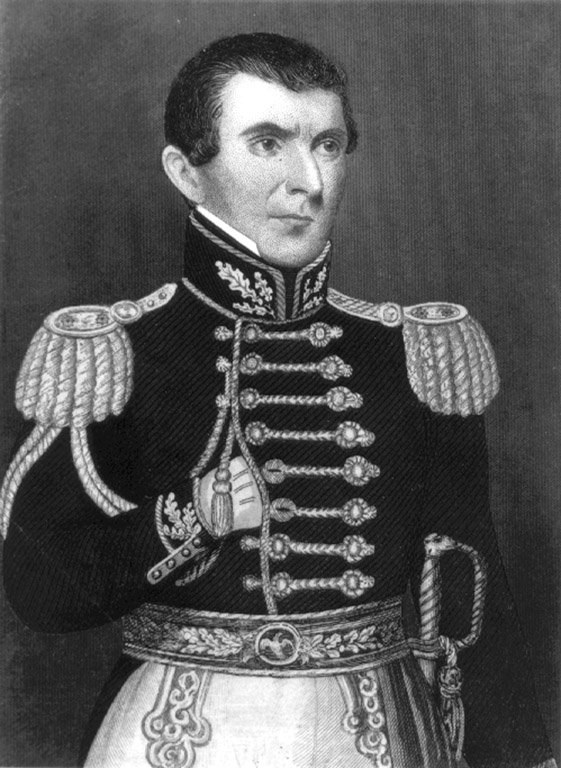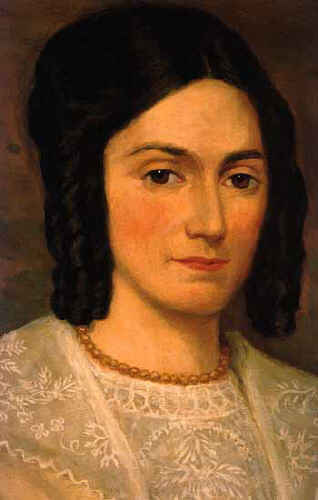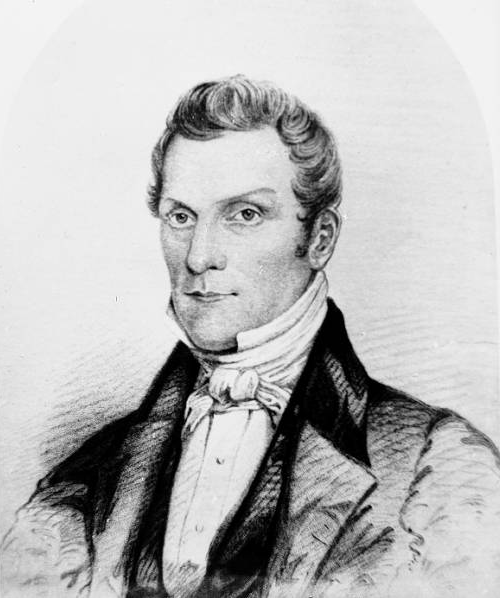[This post is part of a series on Joseph Smith’s Polygamy. To read from the beginning or link to previously published posts, go to A Faithful Joseph.]
 Joseph was killed at Carthage, Illinois on June 27, 1844, 170 years ago.
Joseph was killed at Carthage, Illinois on June 27, 1844, 170 years ago.
Last week I thought I knew what I was going to write in this post. Despite William Law’s Nauvoo conspiracy, I presumed the dissidents hadn’t been involved in Joseph’s actual death beyond publishing the Expositor. I supposed the mob had been composed of non-Mormons from Missouri and Illinois, whipped into a frenzy by the editor of the Warsaw Signal, Thomas Sharp. The Carthage Greys had been complicit, I supposed. And the escape of John Taylor, Willard Richards, and the handful of men who had been at Carthage Jail prior to the actual martyrdom had been a sort of miracle. I liked to say that it had been a miracle that Joseph and Hyrum hadn’t been killed by the Saints, though there had been hundreds allegedly willing to kill Joseph based on what had been written in the Expositor.
I thought today’s post would be a relatively boring recitation of the facts we all know. Then I read the original accounts from John Taylor[1] and William R. Hamilton.[2]
We haven’t had enough data before to realize what happened at Carthage, because we have not known the identities of the vast number of individuals involved in “illicit intercourse” under the influence of John C. Bennett. I submit it was these ostensibly “believing” members of the Church who were primarily responsible for the deaths of Joseph and Hyrum. Inasmuch as we have presumed the killers of the Smith brothers were primarily ‘regular’ citizens of Missouri and Illinois, I believe we have an apology to make. Continue reading Carthage, 1844
- [1]John Taylor, affidavit of 22 September 1844, available online at http://law2.umkc.edu/faculty/projects/ftrials/carthage/tayloraccount.html, retrieved 27 June 2014.↩
- [2]William R. Hamilton, 24 December 1902, available online at http://law2.umkc.edu/faculty/projects/ftrials/carthage/hamiltonaccount.html, retrieved 27 June 2014.↩


![Jane Manning [James]](https://i0.wp.com/www.millennialstar.org/wp-content/uploads/2014/06/Jane-Manning-300x197.jpg?resize=300%2C197)




